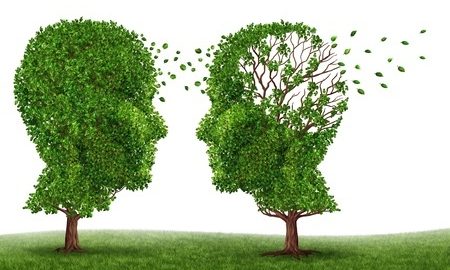Healing Injured Brains Now Closer to Reality

Scientists have conducted an animal study funded by the National Institutes of Health, the findings of which have brought the goal of healing injured brains with stem cell therapy closer to reality.
The results, published in Nature Medicine, reveal that the innovative technique employed by the researchers was able to dramatically increase the number of neurons and restore brain function in mice with brain damage induced by stroke. The findings are promising for the treatment of stroke-induced brain injury in humans.
In the animal study, scientists first surgically implanted neural stem cells obtained from humans near the damaged area of the mouse brain. These stem cells are capable of maturing into all types of brain cells, including neurons. The second step in the therapeutic technique involved the administration of 3K3A-APC, a compound derived from a human protein that was found to help stem cells mature into neurons during testing in Petri dishes.
When tested for motor and sensory function a month after receiving the treatment, the mice who received a combination of stem cells along with 3K3A-APC did remarkably well. This group’s performance was significantly better in comparison to the mice who were treated with only one of the two (stem cells or 3K3A-APC) or neither of the treatments.
The study was led by the University of Southern California and funded by the National Institute of Neurological Disorders and Stroke (NINDS). The results are indicative of a potential breakthrough in stroke treatment in humans. “If the therapy is effective in humans, it could markedly improve recovery in stroke patients,” says Jim Koenig, Ph.D., program director of NINDS.
As part of the study, the researchers simulated stroke-like neurological damage in the animals by cutting off blood flow to specific areas of the brain. This was followed by surgical grafting of neural stem cells near the dead and damaged tissue. The mice then received an infusion of either 3K3A-APC or a placebo.
“Compared to stem cells alone, the combination of the activated protein C (APC) and stem cells worked much better. The 3K3A-APC was able to convert the implanted stem cells to neurons and also help them form connections with the existing cells,” says Berislav Zlokovic, M.D., Ph.D., USC professor and lead researcher.
To confirm that the improved neurological function was a result of neurons formed from the implanted stem cells, the researchers then administered a targeted toxin to one set of mice that had received the combination therapy. This toxin killed the newly developed neurons. The mice that had previously shown gains in motor and sensory function after receiving combination treatment were found to lose the gains after receiving the toxin. This suggests that the neurons that developed from the grafted stem cells were responsible for the improvement in neurological function.
In addition, when the team tested for connections between the new stem-cell-derived neurons and nearby nerve cells, they found that mice who had received the combination therapy had a greater number of connections or synapses compared to the group that received the placebo. This demonstrated that the new neurons were functionally well integrated into the host brain after treatment. “This is a first for the stroke field and may well become the gold standard in the future,” states Dr. Zlokovic. After the promising results in the animal study, the team hopes to pursue a clinical trial to test the combination of stem cells and 3K3A-APC in human stroke patients.
References:
- https://www.nih.gov/news-events/news-releases/stem-cell-therapy-heals-injured-mouse-brain


